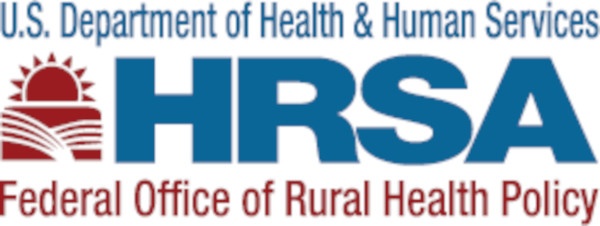
FORHP - Rural EMS supported by Federal Program with grants
The nearest hospital is 35 miles away. The local EMS agency can’t find and retain enough paramedics. The paramedics and EMTs available live too far away to attend most continuing education courses. These are just some of the challenges faced by rural EMS providers that the Federal Office of Rural Health Policy (FORHP) is tackling in an effort to improve access to quality healthcare in rural communities.
FORHP oversees a variety of programs, ranging in scope from funding telehealth grants to reviewing regulations that affect rural healthcare. Housed within the Health Resources and Services Administration, FORHP was created in 1987 to advise the Department of Health and Human Services and improve underserved populations’ access to care.
One program particularly important for the EMS community is the Medicare Rural Hospital Flexibility Program, known simply as the Flex Program. To be eligible for the Flex Program, a state needs to have at least one critical access hospital. Today, 45 states participate in the program; most of those states have a designated Flex Program coordinator within its state office of rural health who manages the program.
Flex Program at HRSA: what to know about
Christy Edwards, a project officer with the Flex Program at HRSA, specializes in EMS issues and ensures that the program’s approach aligns with the needs of the EMS community. She emphasizes that the state coordinators and Flex Program office in Washington foster a “two-way communication channel between the Flex Program and the local agencies,” in which local EMS agencies should feel comfortable approaching the state coordinators with ideas for how the Flex Program can help them provide service in rural communities.
The Flex Program funds efforts by both Critical Access Hospitals and the EMS agencies that serve the populations surrounding these hospitals to improve the quality of care, stabilize their finances and expand outreach in their communities.
“Though states have unique rural EMS needs for their communities, there are also a lot of commonalities among the states,” Edwards said. “The FORHP is both trying to find out what those common needs are so we can gather and share best practices, and also supporting states individually.”
Rural EMS and the Flex Program: what they can do?
State rural health offices can apply for grants and receive support from the Flex Program, and then work with healthcare providers such as EMS agencies and Critical Access Hospitals to implement new initiatives. EMS activities funded by Flex Program grants have included building capacity in local and regional trauma systems, conducting needs assessments, improving care capabilities for patients with time-critical diagnoses (such as stroke and STEMI) and refining system communication protocols for alternative healthcare delivery such as community paramedicine, to name a few.
A common concern facing states in the program is access to ongoing EMS education and training. Conferences, meetings and training sessions often take place in major metropolitan cities, and taking a day or two off work to attend these events simply isn’t feasible for many rural providers. EMS agencies have turned to partnerships to find solutions. Agencies in the Flex Program have worked with their state EMS offices to bring training into rural communities, provide more online continuing education and explore simulation training. They have also fostered partnerships with private foundations and non-profits to expand educational opportunities for rural EMS personnel.
What are the priorities with the rural EMS for FORPH?
One of FORPH’s top priorities is to engage with the rural EMS community to better understand pressing issues at the local and state levels so the office can offer support in the most effective ways possible. States and local communities that are grappling with how to efficiently deliver the best care to their rural residents do not have to find solutions on their own, Edwards said.


